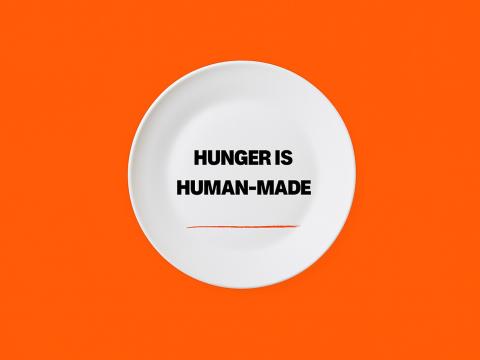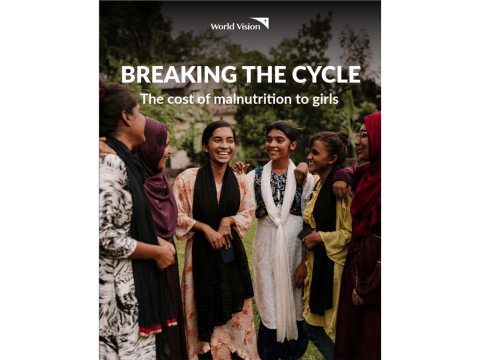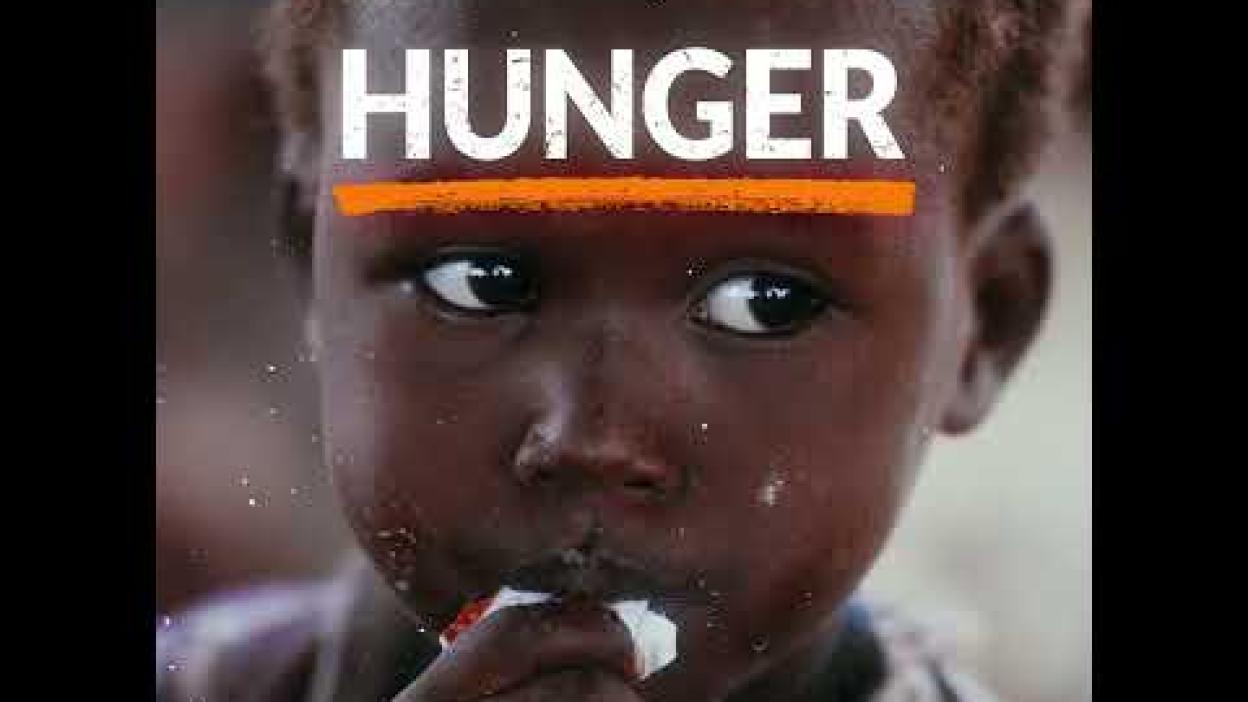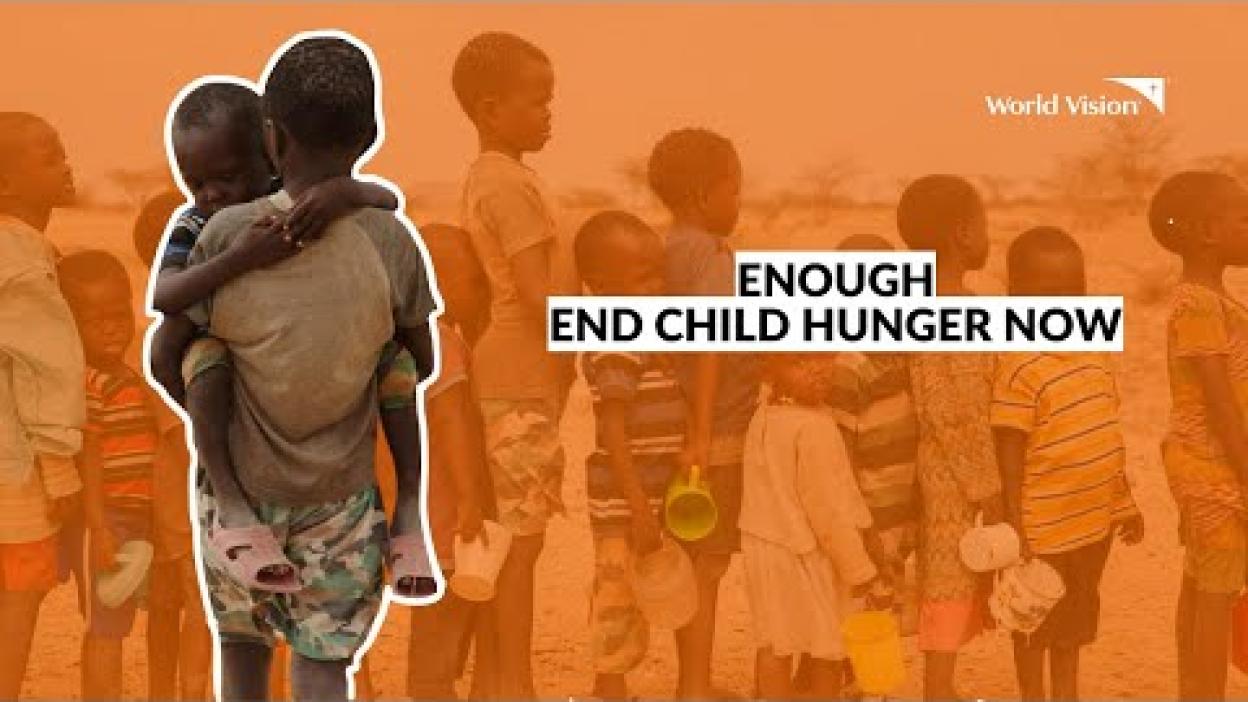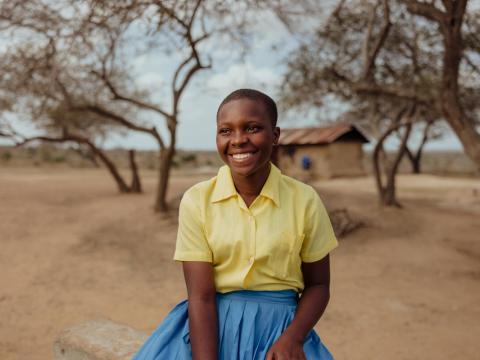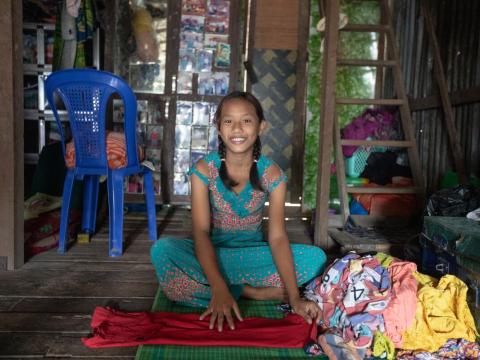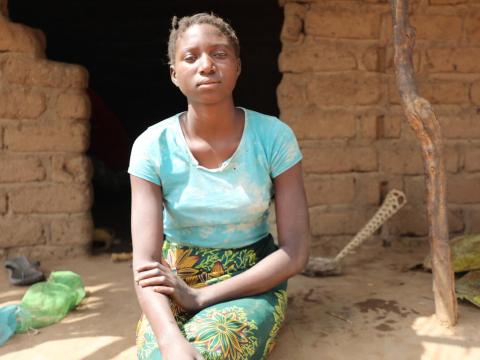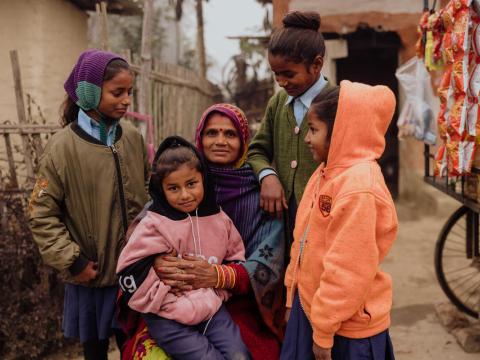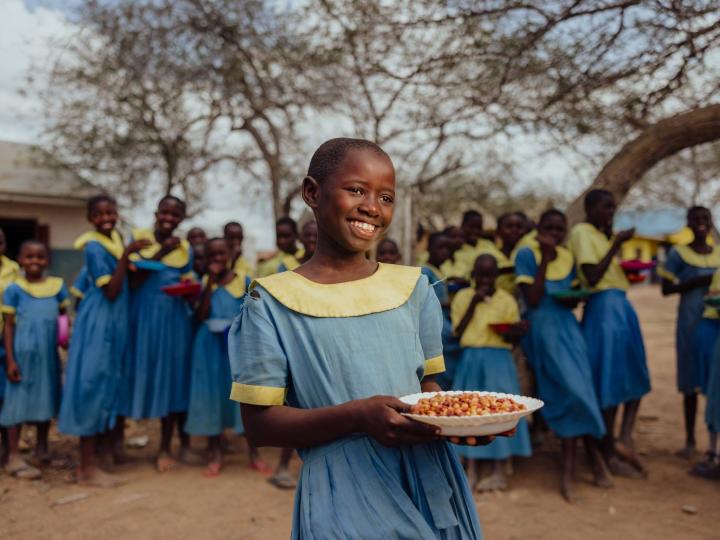
World Food Day
We have ENOUGH to end child hunger and malnutrition
A life of plenty for every child has always been possible - but that’s not the reality.
Around 673 million people are going hungry today, and children bear the brunt of this hunger crisis. Across communities, families, and classrooms, empty plates tell a story of injustice.
We know what works. From school meals and child nutrition programmes to climate-smart farming and local food systems, the solutions are already here. But they can only succeed through partnerships that unite governments, faith groups, businesses, civil society, and children themselves.
If we fail to act, a generation of vulnerable children could lose their health, their education, and their futures.
But if we stand together - communities, governments, donors, and children - we can end child hunger in our lifetime.
When we join forces, every plate can be full.
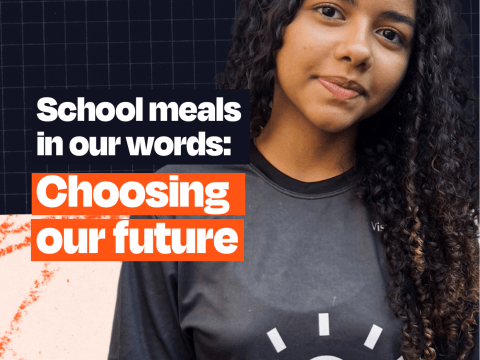
ENOUGH School Meals Child-Led Research Report
School meals in our words: Choosing our future.
Across 13 countries, 1,235 children have spoken, and their message is clear: school meals are essential for learning, health, and belonging. They’re asking for better food, safer kitchens, and a chance to be heard. These children are changemakers.
Let’s listen to their voices and act. Together, we can build stronger, more inclusive school meal programmes that nourish minds, bodies, and futures.
Addressing malnutrition is crucial for girls’ futures, to break the cycle of poverty, and help them reach their potential with better education and stable employment.
Click HERE to check the "Cost of Malnutrition to Girls" Interactive Data
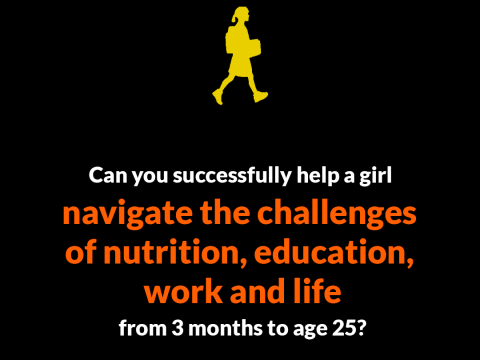
Nutrition Challenge
Walk in the footsteps of a girl as she and her family make impossible choices in order to navigate poverty and malnutrition.
World Vision Impact
How can we tackle malnutrition and it's effects on girls?
Expand Nutrition Services for Children
Universal coverage of Essential Nutrition Actions and services must be prioritised to prevent and treat malnutrition, especially for women and girls. This involves strengthening health systems, investing in nutrition training, and rapidly scaling up community health worker programs to ensure comprehensive coverage and effective interventions.
Address Adolescent Nutrition
Implement policies and programs to enhance adolescent nutrition, including with multiple micronutrient supplementation, now categorised by the World Health Organisation as an essential medicine. Prioritise reducing adolescent anaemia through improved dietary practices and equitable food distribution within households.
Combat Gender Inequality
Address the gender-specific challenges that exacerbate malnutrition, such as child marriage, and limited access to education and resources for girls. Support interventions that improve harmful gender norms, enhance the nutritional status of girls and women, contributing to breaking the cycle of intergenerational malnutrition. Although multi-sectoral interventions are more complex and must be tailored to each context, programmes that address interpersonal, community, institutional, and policy drivers of nutrition could help break the vicious cycle of malnutrition for good.
Leverage Schools for Nutritional Interventions
Utilise school meal programs and the broader school environment to address children’s nutritional needs and support health education. Schools can serve as crucial platforms for promoting dietary diversity, fortification, and supplementation, as well as for connecting families with social protection and health services.
Increase funding to address the root causes of food insecurity
We don't just want to help people eat today, but to prevent malnutrition in future generations. Less than a quarter of current aid flows directed toward food security and nutrition address root causes, with the majority allocated to food consumption. An additional USD 10.8 billion per year is required to eliminate child wasting, stunting, and anaemia.
Regulate and Monitor Food Environments
Governments should establish mandatory food regulation policies tailored to each context to support healthy diets for all, especially children and adolescents, while also promoting and supporting exclusive breastfeeding. This should include reducing the consumption of unhealthy foods and UPFs among children and adolescents and restrictions on marketing, fiscal policies such as taxes, and clear labelling to counteract the commercial pressures driving poor nutritional choices. Women and newborns are especially harmed by misleading marketing of breastmilk substitutes, which is why implementation and enforcement of the WHO BMS Marketing Code is so crucial.
